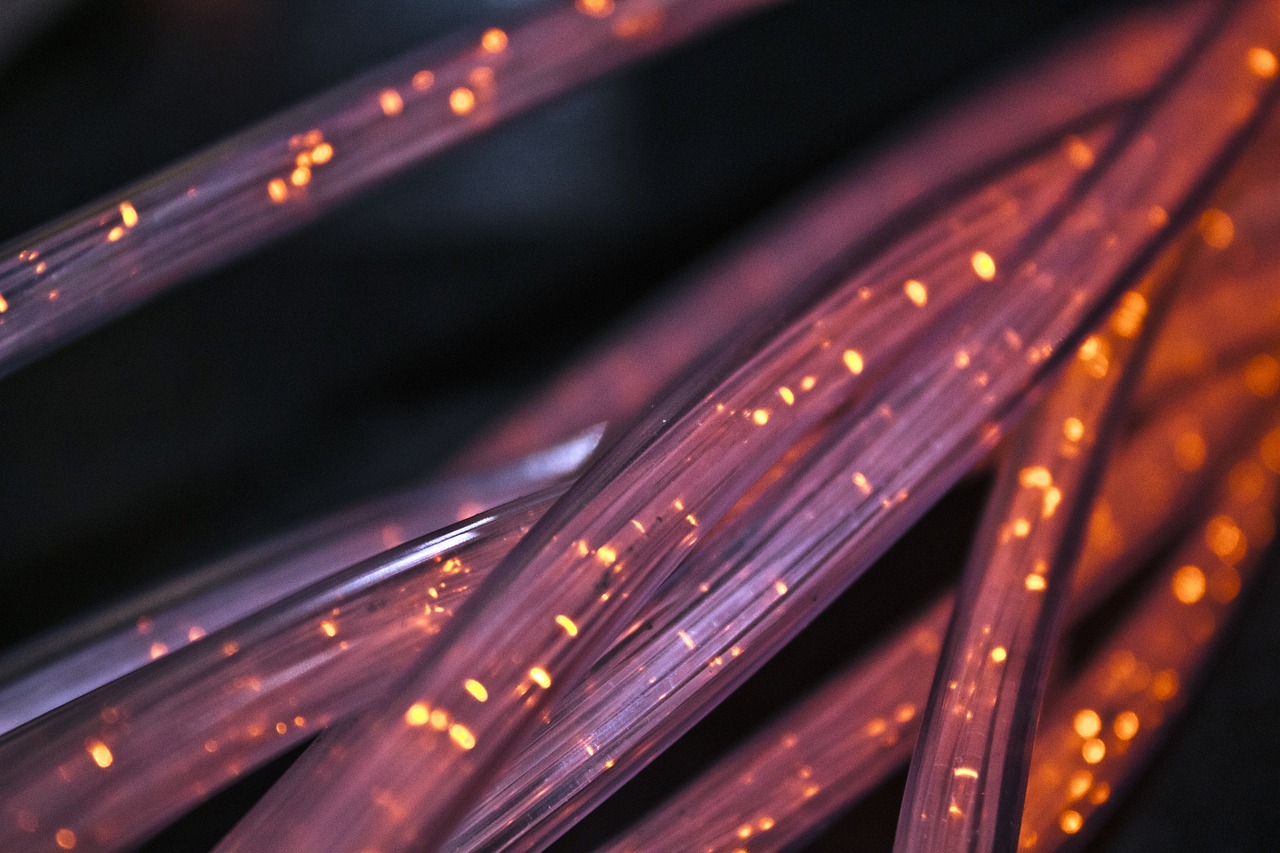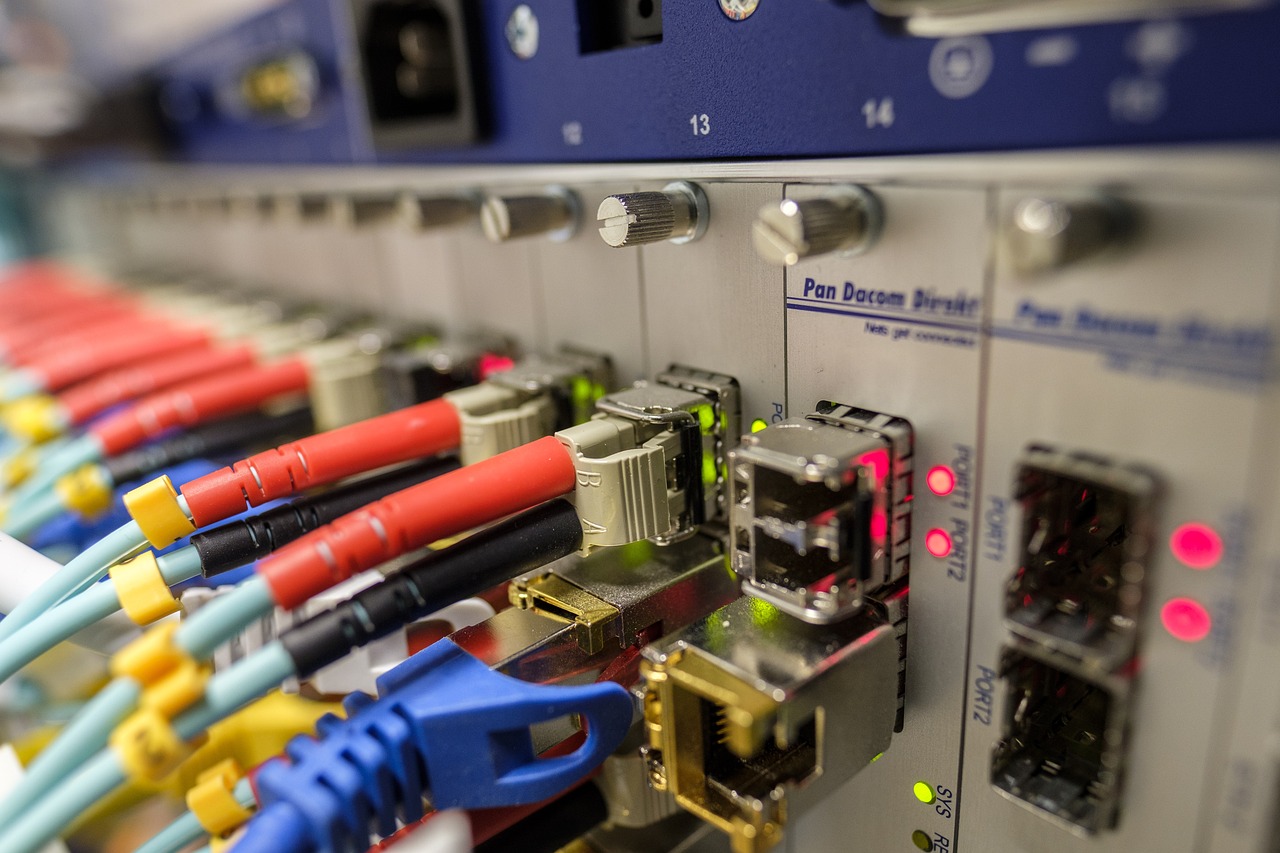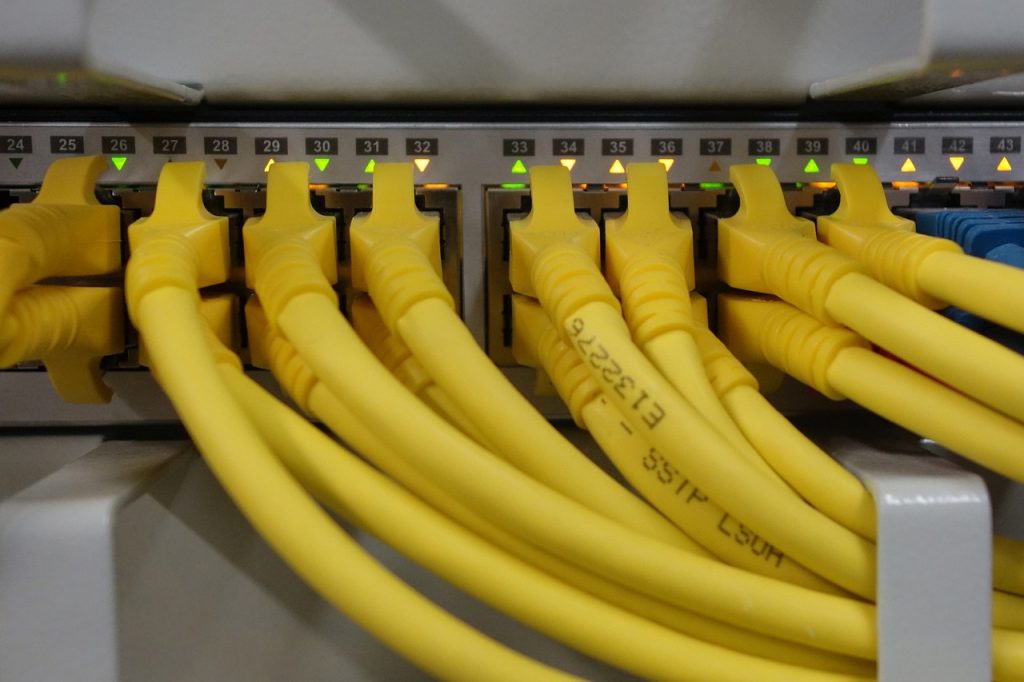In today’s hyperconnected world, the foundation of reliable internet connectivity often comes down to one crucial component: the Ethernet cable. While wireless technology continues to advance, hardwired connections remain the gold standard for ensuring consistent, high-speed internet performance in both residential and professional environments.
Key Factors to Consider When Choosing an Ethernet Cable
Making an informed decision about Ethernet cables requires understanding several crucial elements that directly impact your network’s performance. From cable categories to length limitations, each factor plays a vital role in delivering the stable internet connection you need.
Cable Category (Cat): What Does it Really Mean?
Ethernet cable categories represent standardized specifications that determine the cable’s capabilities for data transmission. Each successive category brings improvements in bandwidth capacity, shielding, and performance characteristics.
| Cable Category | Maximum Speed | Bandwidth | Maximum Length | Typical Use Case |
|---|---|---|---|---|
| Cat 5e | 1 Gbps | 100 MHz | 100 meters | Basic home networking |
| Cat 6 | 1-10 Gbps | 250 MHz | 100 meters | Modern home/small office |
| Cat 6a | 10 Gbps | 500 MHz | 100 meters | Professional environments |
| Cat 7 | 10-40 Gbps | 600 MHz | 100 meters | Data centers/enterprise |
| Cat 8 | 40 Gbps | 2000 MHz | 30 meters | High-performance computing |
The evolution from Cat 5e to Cat 8 represents significant improvements in signal processing and interference rejection. While Cat 5e remains sufficient for many home users, professional environments often benefit from the enhanced capabilities of Cat 6a or higher cables.
Cable Length: Avoiding Signal Loss
The relationship between cable length and signal integrity is crucial for maintaining stable internet performance. Signal attenuation becomes more pronounced as cable length increases, potentially leading to decreased network performance or connection failures.
Recommended cable lengths for optimal performance:
- Short runs (under 25 feet): Ideal for desktop-to-router connections
- Medium runs (25-50 feet): Suitable for most home and small office setups
- Long runs (50-100 feet): Requires higher quality cables and careful installation
- Extended runs (over 100 feet): May need signal boosters or fiber optic alternatives
Shielding and Durability: Protection Against Interference
Cable shielding plays a crucial role in maintaining signal integrity, particularly in environments with significant electromagnetic interference. Understanding different shielding types helps in selecting the appropriate cable for your specific environment.
| Shielding Type | Protection Level | Best For | Cost Factor |
|---|---|---|---|
| UTP (Unshielded) | Basic | Home use, clean environments | Lower |
| FTP (Foiled) | Moderate | Office environments | Medium |
| STP (Shielded) | High | Industrial settings | Higher |
| S/FTP (Double) | Maximum | High-interference areas | Highest |
Price vs. Performance: How Much Should You Spend?
Investment in quality Ethernet cables should align with your specific needs and usage scenarios. While premium cables offer enhanced performance characteristics, not every user requires the highest specifications available.
| Cable Type | Price Range (50ft) | Recommended Use Case |
|---|---|---|
| Cat 5e | $10-20 | Basic home networking |
| Cat 6 | $15-30 | Gaming and streaming |
| Cat 6a | $25-45 | Professional work |
| Cat 7 | $35-60 | Enterprise solutions |
Top Ethernet Cables for Stable Internet Performance

1. Mediabridge Ethernet Cable (Cat 6)
The Mediabridge Cat 6 cable represents an excellent balance of performance and value, making it ideal for most home and small office applications.
Key Features:
- 550 MHz bandwidth capacity
- 24 AWG pure copper conductors
- CM-rated for in-wall installation
- RJ45 connectors with gold-plated contacts
| Feature | Specification |
|---|---|
| Speed Rating | 10 Gbps |
| Shielding | UTP |
| Conductor | Pure Copper |
| Certification | UL Listed |
2. Moksha Cable Cat 7
The Moksha Cat 7 cable delivers enterprise-grade performance for demanding applications and future-proof installations.
Notable characteristics:
- 600 MHz bandwidth
- Double shielding (S/FTP)
- Supports 10 Gigabit Ethernet
- Enhanced crosstalk prevention
Performance Metrics:
- Data Transfer Rate: Up to 10 Gbps
- Frequency Range: 600 MHz
- Shielding Effectiveness: 85 dB
- Power Rating: PoE+ compatible
3. Mediabridge Ethernet Cable (Cat 6a)
Specializing in long-distance applications, the Mediabridge Cat 6a offers superior performance over extended runs.
Key Benefits:
- Enhanced alien crosstalk suppression
- Improved signal-to-noise ratio
- Better heat dissipation
- Advanced shielding technology
| Length (ft) | Signal Quality | Recommended Use |
|---|---|---|
| 0-50 | Excellent | Home/Office |
| 50-100 | Very Good | Extended Runs |
| 100-150 | Good | Professional |
| 150-328 | Acceptable | Industrial |
4. Ultra Clarity Cables Ethernet Cable (Cat 6)
This budget-friendly option delivers reliable performance for everyday computing needs without compromising on essential features.
Value Propositions:
- Cost-effective solution
- Reliable performance
- Decent shielding
- Multiple length options
How to Install and Maintain Ethernet Cables for Maximum Performance

Proper installation and maintenance significantly impact the longevity and performance of Ethernet cables. Following best practices ensures optimal signal transmission and minimizes potential issues.
Installation Guidelines:
- Maintain minimum bend radius (4x cable diameter)
- Avoid parallel runs with power cables
- Use proper cable management tools
- Install cable supports every 48-54 inches
Common Issues and Solutions:
| Problem | Possible Cause | Solution |
|---|---|---|
| Slow Speed | Damaged cable | Replace cable |
| Intermittent Connection | Loose connector | Re-terminate |
| High Latency | EMI interference | Add shielding |
| No Connection | Broken conductor | Cable testing |
Ethernet Cable vs. Wi-Fi: Which is Better for Stability?
While both connection methods have their place in modern networking, Ethernet cables offer several distinct advantages over wireless connections.
| Feature | Ethernet | Wi-Fi |
|---|---|---|
| Speed | Up to 10 Gbps | Up to 9.6 Gbps (Wi-Fi 6) |
| Latency | 1-3ms | 10-20ms |
| Stability | Very High | Variable |
| Security | Excellent | Good |
| Range | Up to 100m | Up to 30m |
| Interference | Minimal | Significant |
The choice between Ethernet and Wi-Fi often depends on specific use cases and environmental factors. Gaming, video editing, and financial trading typically benefit from the superior stability and lower latency of wired connections.
In conclusion, selecting the right Ethernet cable involves careful consideration of multiple factors, from technical specifications to practical installation requirements. Whether you’re setting up a home network or deploying an enterprise solution, understanding these elements ensures you’ll make an informed decision that meets your specific needs while providing the stable internet performance required in today’s connected world.

